
Building an Xbox clone is something that I have wanted to do for a long time, but I never really got around to it for various reasons - and now it is finally happening. This is essentially a build log, because I know if I do not start it now, all you would get is a couple of photos of a finished build.
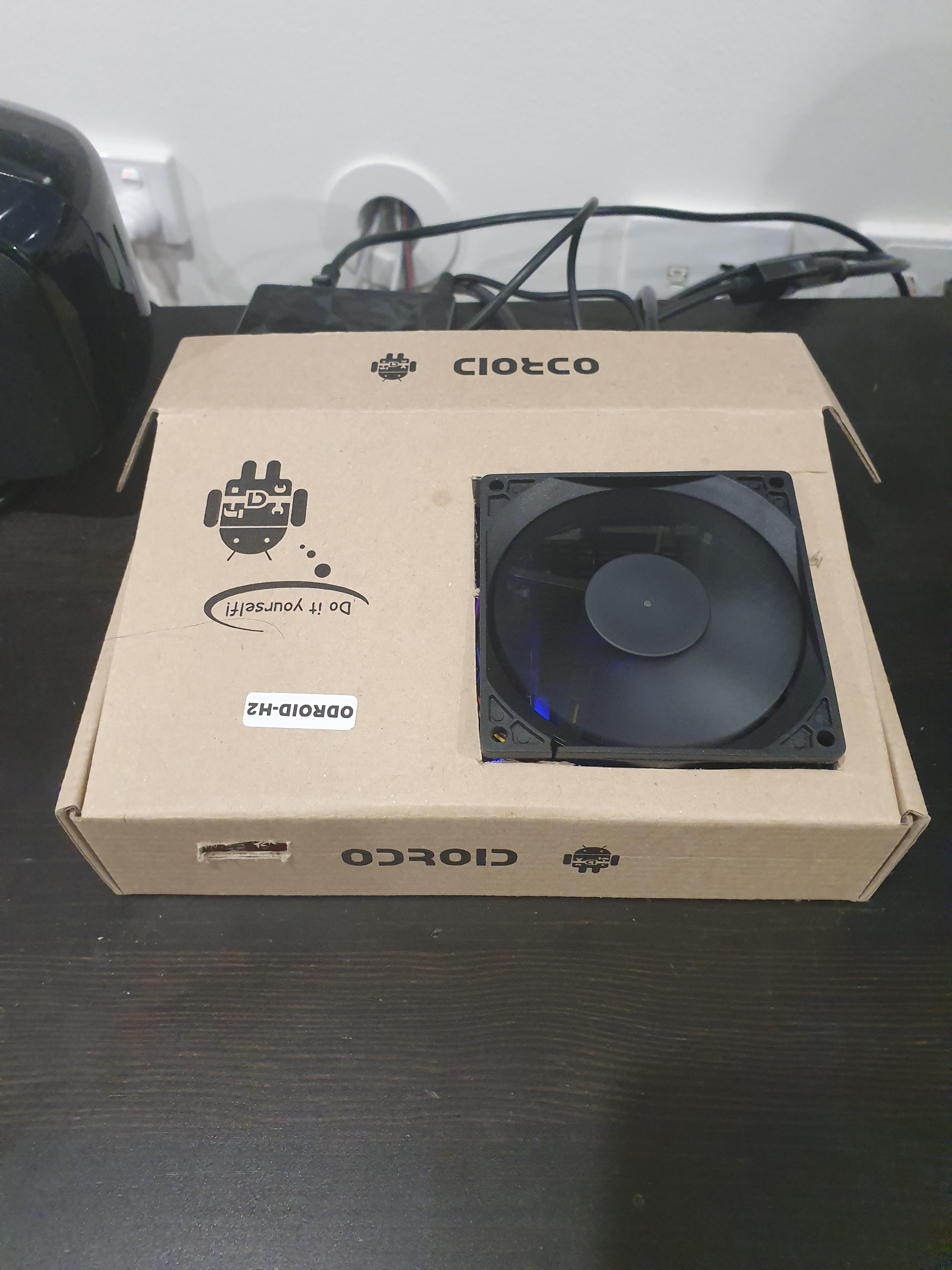
Why am I doing this? The OG Xbox rocked our world - we still call the media player 'the xbox' to this day. After it was modded it became a media powerhouse that was way ahead of its time. Loading games off the HDD, emulators and of course, XBMP. Unfortunately, due to the march of technology, it had to be retired. With my s912 box giving me headaches and the board I wanted was finally back in stock, I decided it was time to start this project and get the Xbox back into the lounge room.
The hardware I will be using is an ODROID-H2. I chose this because of the Intel GPU which has great support under Linux, with HDR support coming soon. Also, the x86 CPU outperforms many ARM systems and opens up more software possibilities, such as emulators, Firefox, Steam and Project M visualisations (it is not a media player if it does not have Project M!). The board has 2 video outs (HDMI2.0 and DP++) and with a passive DP to HDMI adaptor the DP++ port becomes a HDMI port which allows me to send 4k60 video to my TV and send HD passthrough audio to my HDMI 1.4 AVR at the same time. The board runs cool, has an external PSU and is small which will allow me to integrate a few things into the case and keep it uncluttered and quiet at the same time. I did think about a mini-itx board, but the ODROID-H2 has almost everything I need at a reasonable price.
The plan is to keep the outside fairly stock. I am not going to use an optical drive, so the DVD faceplate will be attached to the case. The LED will be changed to white and the front buttons will be used for power and reset. The smaller button has a power imprint and the larger one has an eject imprint and I am going to fill those up, paint them a similar colour and leave them blank; because I want to use the big button for power. I thought about attaching power and reset decals to the buttons, but I do not think that is really that important as 99% of the time a remote will be used to power it on. The left two controller ports will be covered with some smoked acrylic, with a IR receiver hiding behind one and I did think about putting a headphone port on the other, but I have never had the need for one and I have a USB soundcard or a USB DAC and amp that can be used if I ever do need it. The right two controller ports will be a USB 2 and 3 port, which again I do not often need, but they'll be handy for the occasional USB drive, wired controllers and charging the DS3 controllers I will be using with it. I did think about adding some kind of Kodi branding to the front, but I think the textured surface would make it difficult to get a good finish, so I will probably skip that.
Inside will be the board, 2x 4gb RAM sticks, a 60gb SSD for the OS and a 2.5" 320gb HDD for some backups and media storage. These are drives that I had as spare parts, and the 320gb will fill up very quickly so it will probably get upgraded pretty soon, maybe to an old 3.5" HDD I have. I will be using the NVME slot for an Intel WiFi plus BT 4 card (7265ngw) via an adapter, which will allow me to use dual large internal antennas and provide a good BT range for controllers. There will also be a 4 port USB3 hub inside to provide ports for the IR receiver, BT module, an arduino to drive TV backlighting and a Logitech unifying receiver. The front USB ports will be directly connected to the rear ports, which will leave 1 spare USB2 port on the rear. The ODROID-H2 is about 10x10cm and the Xbox is about 35x30cm so I do not see any issues fitting all that, just cable management. I purchased a 5V 92mm fan with the ODROID-H2 and it is too big to fit in the same location and the original fan, so I am going to mount it to the heatsink. It will overhang a bit so it will also move some air around the case which should help keep other components cool. I will keep an eye on temps and add a rear fan if need be, but many people run these fanless without issue so I do not think it will be a problem.
The operating system used will be Xubuntu 19.10, for now, and I will upgrade it to the 20.04 LTS version and keep it on LTS versions, afterwards. Since multiple applications will be used, I wanted a simple, light and customisable desktop environment. I generally run LTS versions for these types of applications, but I had some stuttering issues at first and tried a few versions of Xubuntu + Ubuntu + Libreelec while ironing out the issue and finally got it fixed on 19.10 and with 20.04 so close I decided to stay with it because I did not want to do another reinstall. If I knew what I know now I would stick with 18.04 because it has more precompiled software available (e.g., attract mode, emulationstation and an emulation PPA I found).
Since it is a dual monitor setup, though not in the traditional sense as the two monitors are the one TV, I have disabled use of the AVR monitor through some xrandr trickery because having a second monitor that was not easily accessible was really annoying. Mirroring does not work because of the different max resolutions of both monitors and disabling the second monitor would also disable sound. The only issue I have with this now is that the alt-tab switcher shows up twice, which is not a big issue because it will really only run one graphical program at a time, but a quick google shows that there are some possible alternatives for workarounds.
So far I am really impressed with this little machine and I highly recommend it for HTPC use - it plays 4k60 content smoothly, HDR coming soon and I do not have to buy a new AVR to get 4k video with passthrough audio. I have a script which automatically switches audio outputs depending on if the AVR is on or off and unlike the s912 box, it does not send audio to multiple outputs at the same time which makes operation simpler. 3D performance is lacking, but I was always expecting that. At 4k the Kodi GUI + Project M lag, but they're smooth at 1080p. At 1080p, the 3D map of Broforce is choppy, but the 2D sections are smooth. Super Meat Boy runs smoothly at 1080p. I tried Portal 2 but it loads to a blank screen. I have read that using DXVK can improve performance, but I have not delved into that yet. Also, there is always Steam in home streaming for anything too demanding.
Finally, some photos of the ODROID-H2 in its temporary home. Next will be dismantling the Xbox and I will be finding a home for the unused parts.
Since I have been using the ODROID-H2 for a few months now here are my thoughts on the device:
As I mentioned above, I am using it as a HTPC and for my purpose the ODROID-H2 is amazing and ticks all the “right” boxes - flawless kodi 4k60 HDR playback (I have tested a libreelec test build and HDR works on this board), x86 CPU, emulation and steam, Web browsers, SATA and twin HDMI/DP++ ports, mainline Linux availability and probably more. The Intel J4105 CPU struggles somewhat with 3D graphics and heavier emulation (e.g., gzdoom would not run with 60fps at 1080p). I have found that 720p with low 3D-gaming is possible with simple games (e.g., LEGO Starwars runs ok but Serious Sam 3 BFE was unplayable). PSX, DC emulation runs full speed, but Super Mario Sunshine was really choppy and Mario Kart Wii ran close to 60fps, but new Super Mario was choppy.
Desktop usage with the SATA SSD is snappy enough, though, I have not really done anything too demanding on there. Steam in home streaming works well and uses vaapi, but Web browsers do not use vaapi so it will struggle to play 4k YouTube via a browser (there is a Chromium build with vaapi support, but it did not work with a local streaming site).
Temperature hovers around 50C, in my case, and the fan is silent (I have adjusted the fan curve by 10'). I only wish this board had a dual NVMe slot, like I’ve seen on some motherboards, so that it would accept both a NVMe and WiFi/BT card. This would give the ODROID-H2 great connectivity without the use of adapters. While this machine will last me several years, I hope that Hardkernel will continue making these types of boards and possibly Mini-STX motherboards with no CPU attached.

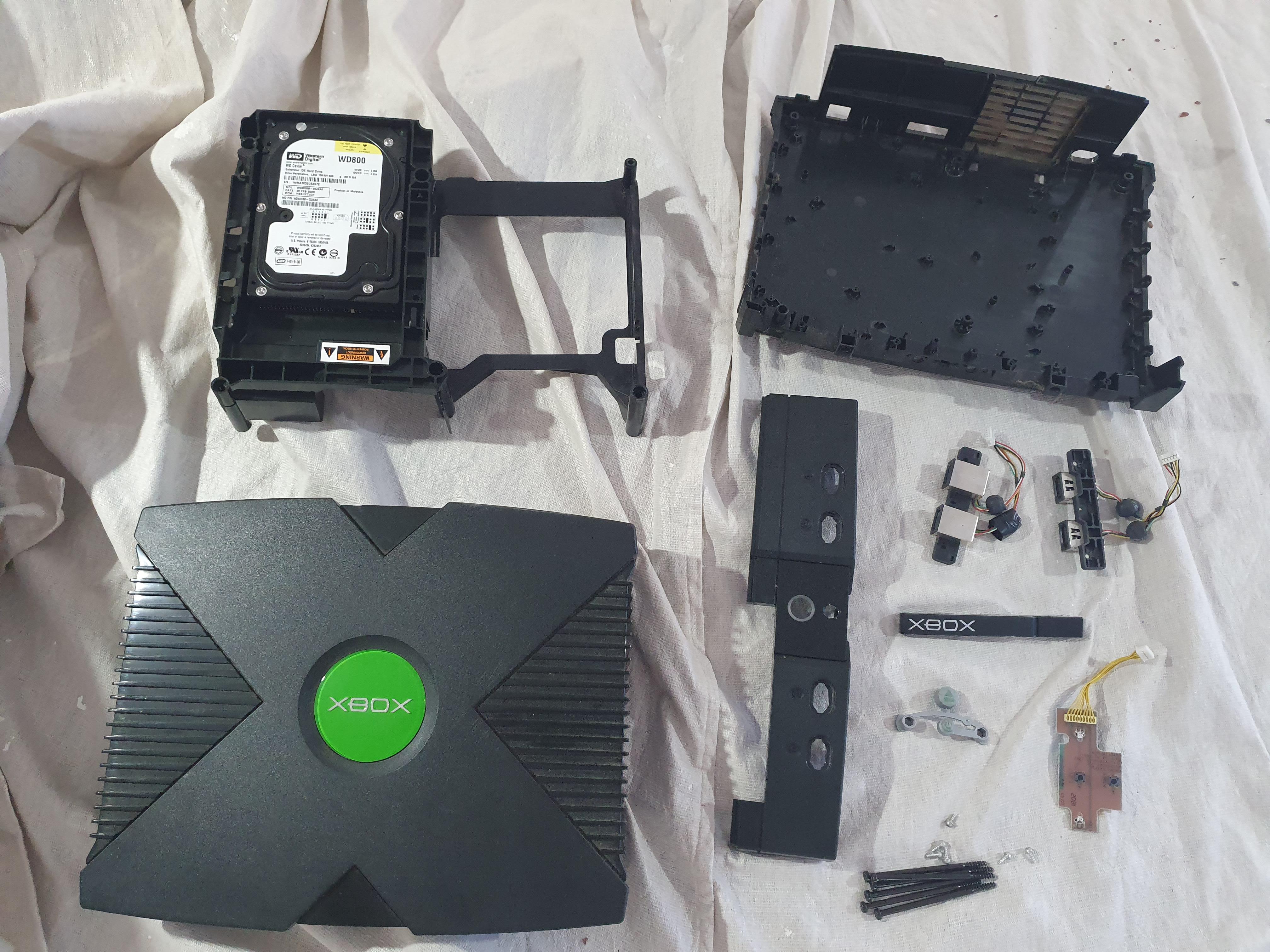
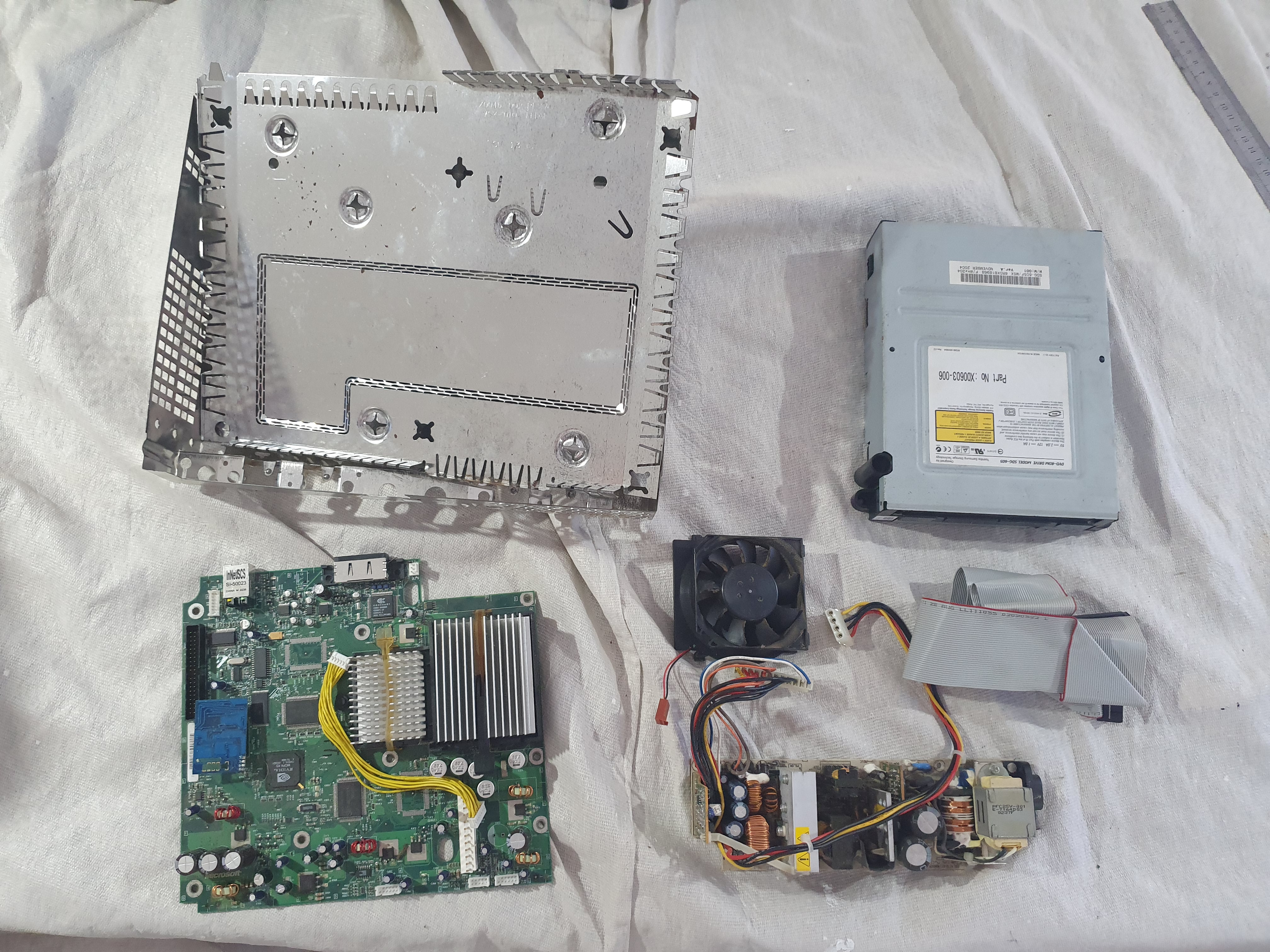
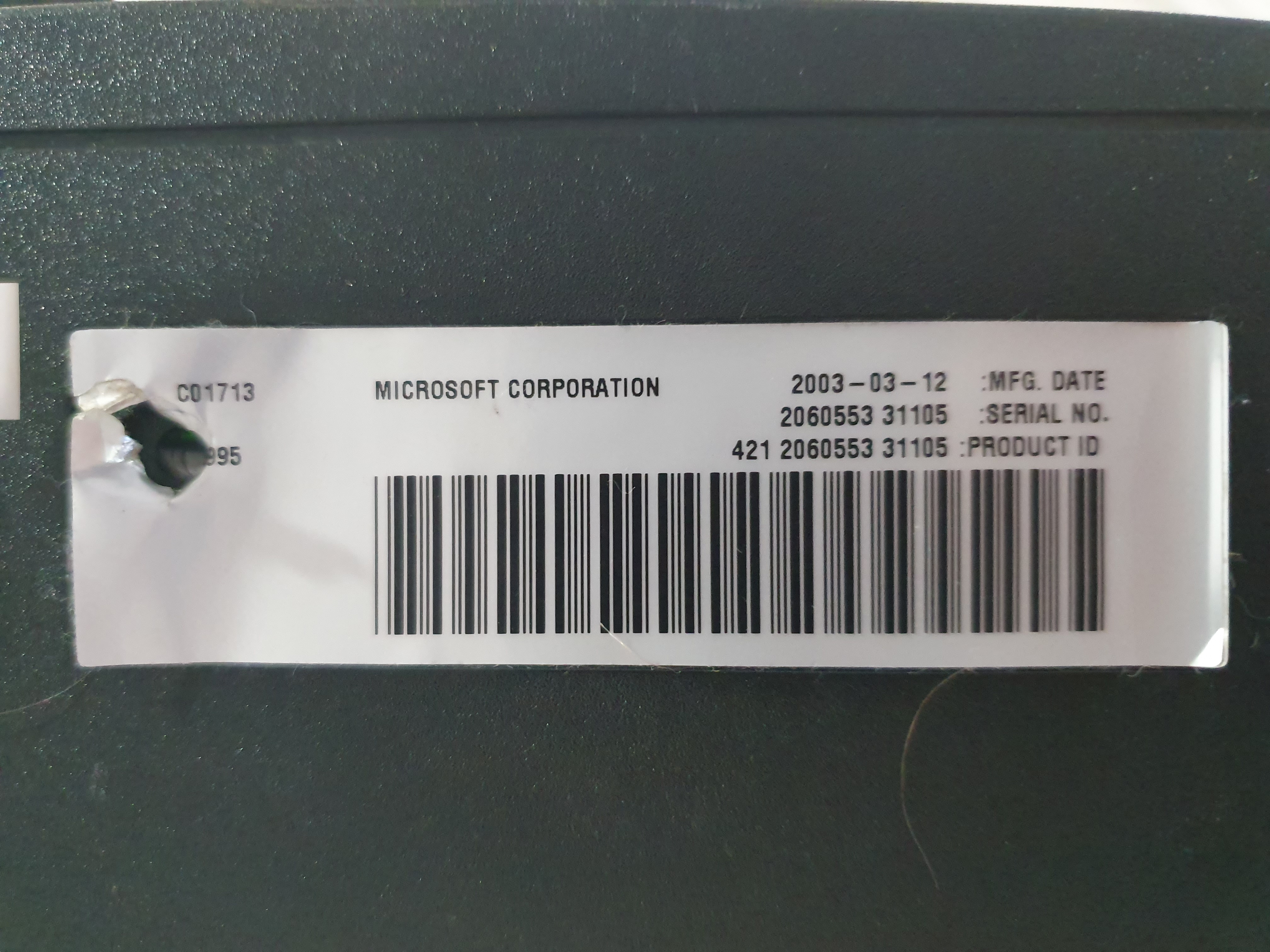
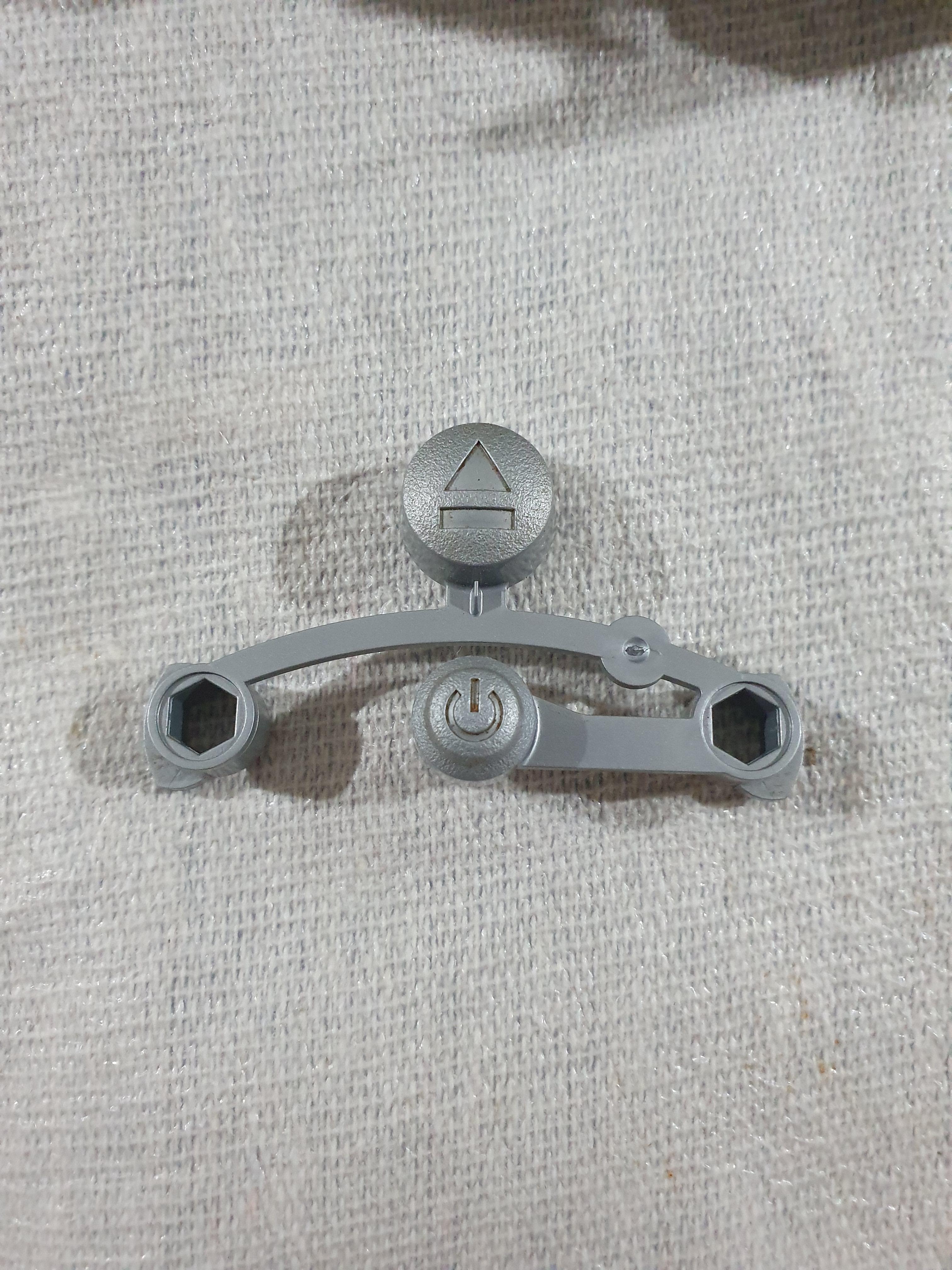
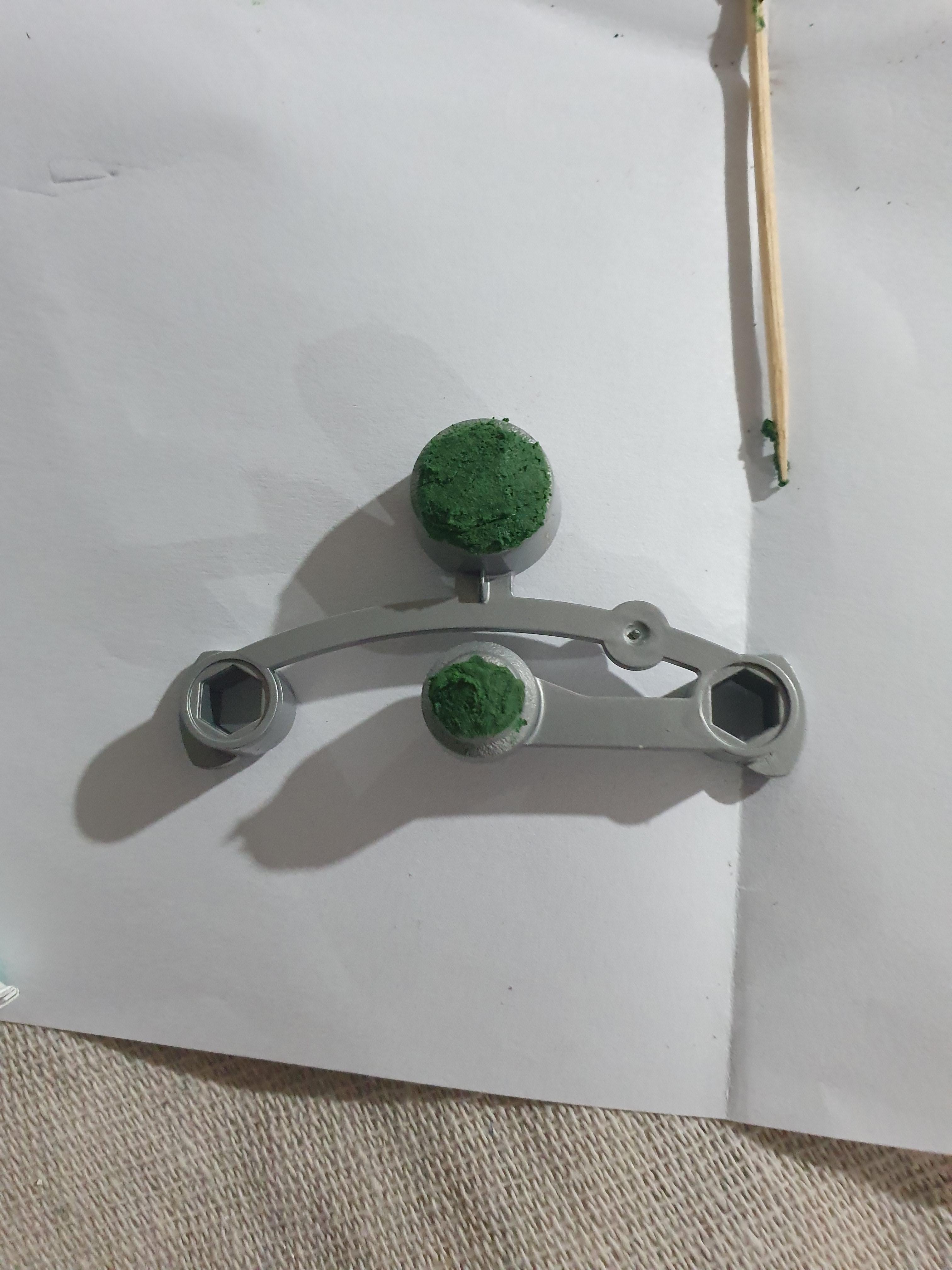
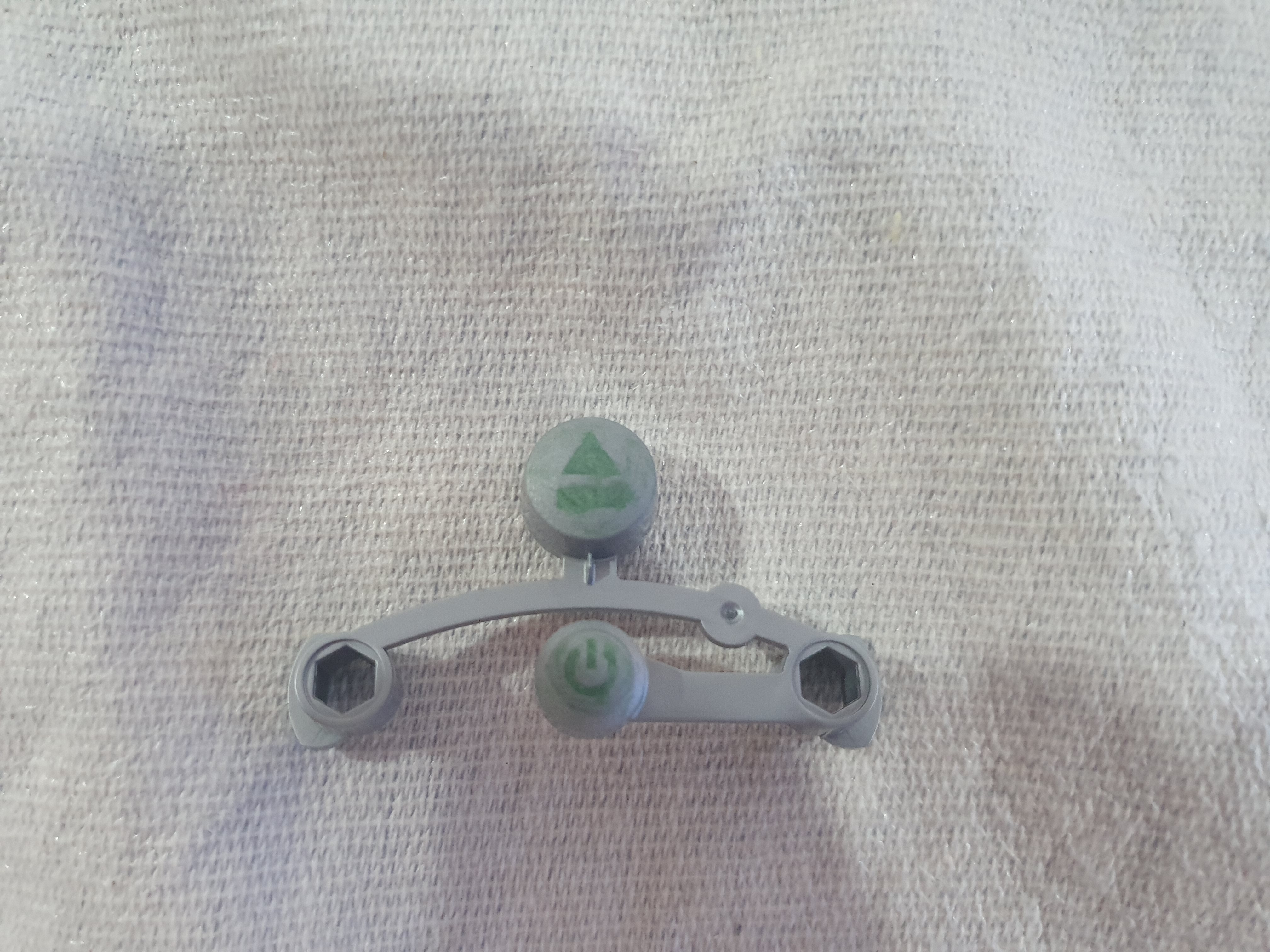
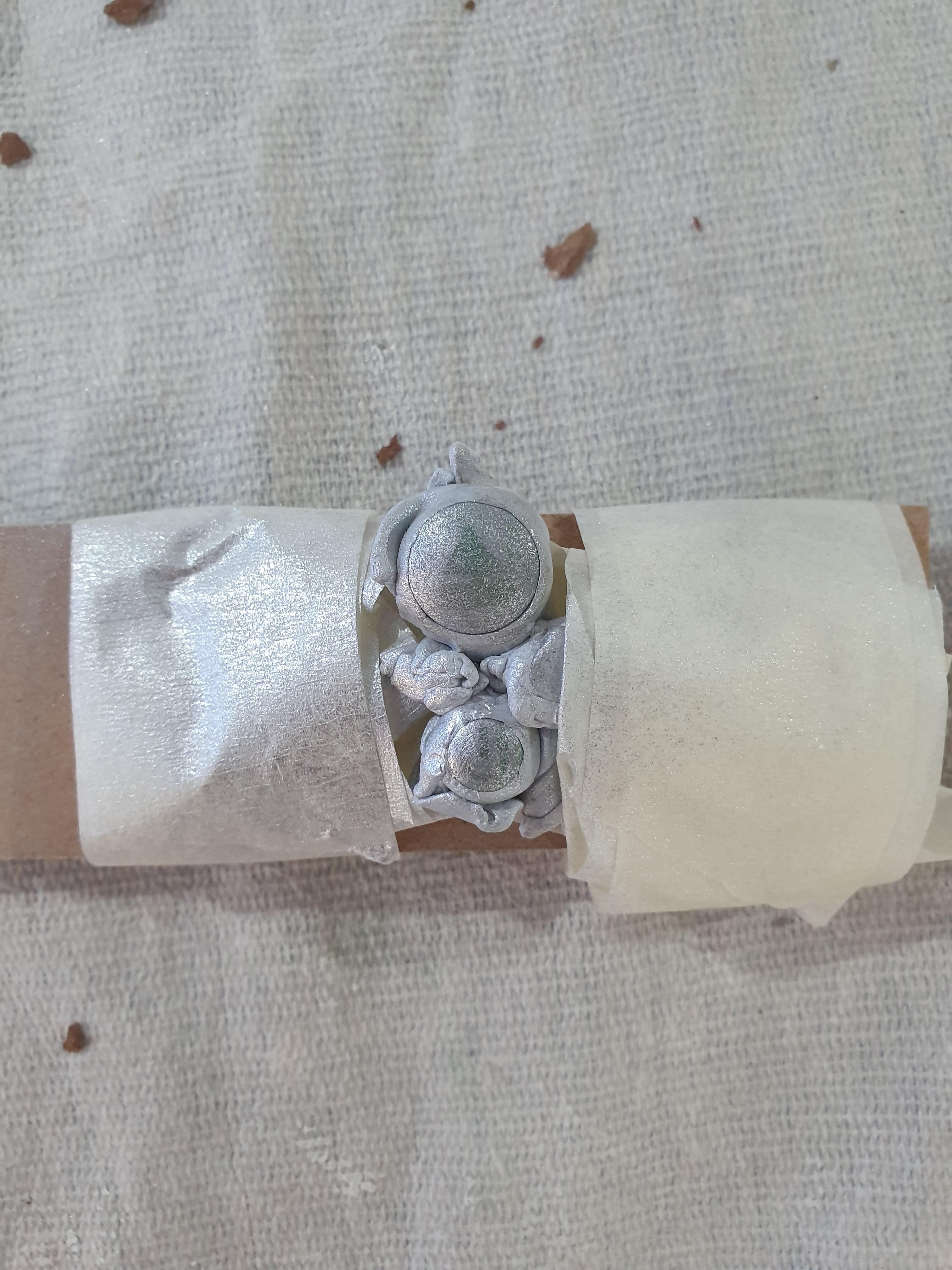
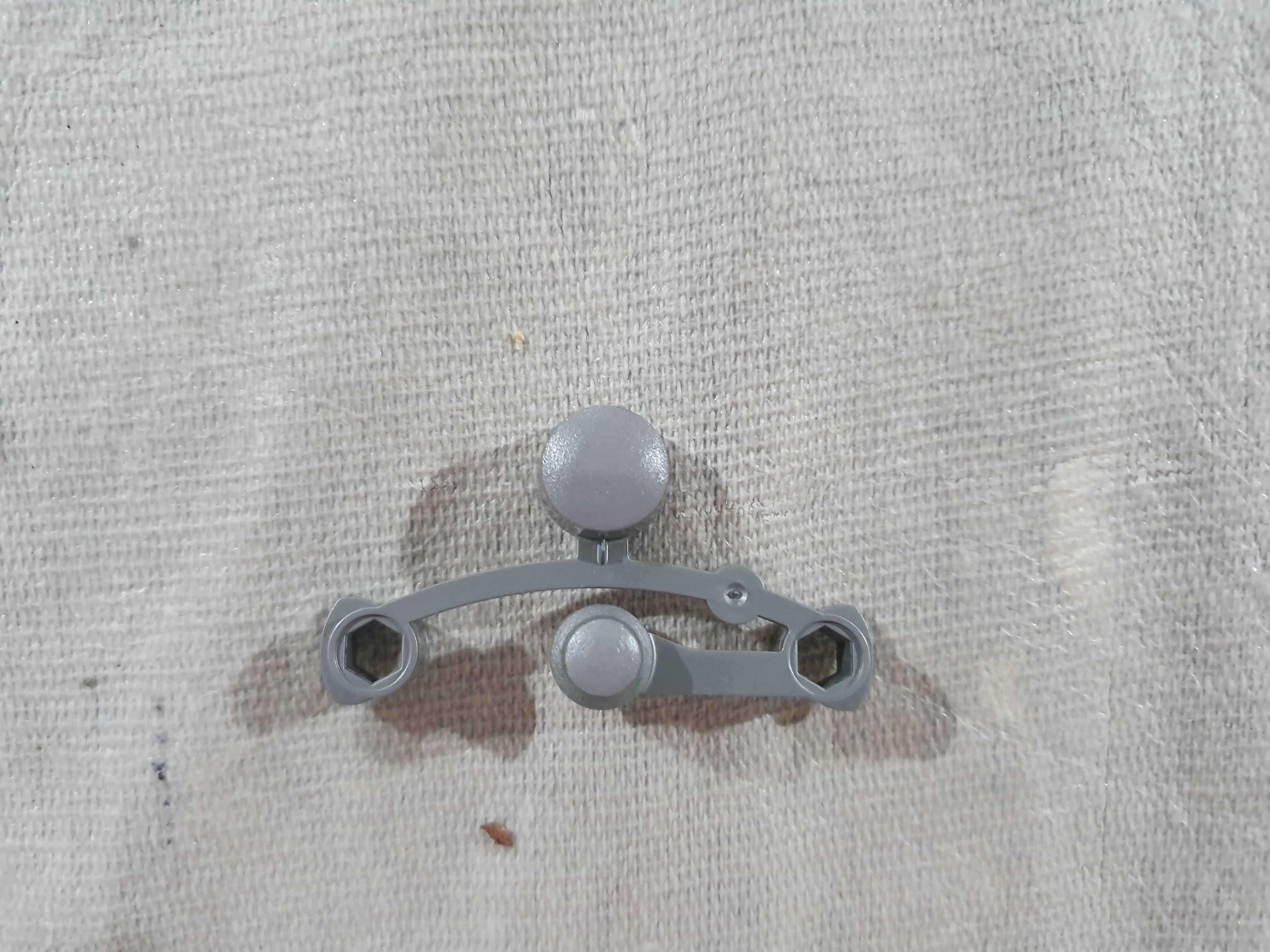
The silver color turned out to be too bright so I switched to a 'mid grey'. The button now has a different texture and the colour is not a perfect match, but is close enough. Everything that can be seen when it is installed in the case, has been painted. You can see the outlines of the original buttons if you look close enough, but after about 50cm I cannot see them anymore.

Be the first to comment